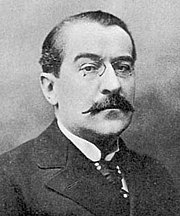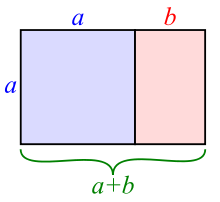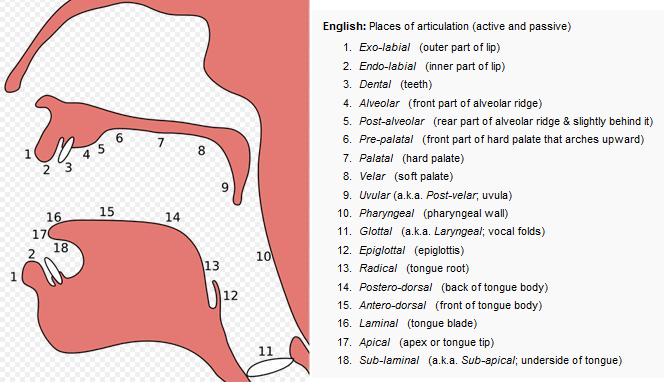Piccard's Method
Pickard's method, sometimes called the method of successive approximations, gives a means of proving the existence of solutions to differential equations.
| Émile Picard | |
|---|---|
 | |
| Born | 24 July 1856 Paris, France |
| Died | 11 December 1941 (aged 85) Paris, France |
| Nationality | French |
| Fields | Mathematics |
| Institutions | University of Paris |
| Alma mater | École Normale Supérieure |
| Doctoral advisor | Gaston Darboux |
| Doctoral students | Sergei Bernstein Lucien Blondel Gheorghe Calugareanu Paul Dubreil Jacques Hadamard Gaston Julia Traian Lalescu Philippe Le Corbeiller Paul Painlevé Mihailo Petrović Simion Stoilow Ernest Vessiot Henri Villat André Weil Stanisław Zaremba |
| Known for | Picard functor Picard group Picard theorem Picard variety Picard–Lefschetz formula Picard–Lindelöf theorem Painlevé transcendents |
| Notable awards | Fellow of the Royal Society[1] |
Picard's mathematical papers, textbooks, and many popular writings exhibit an extraordinary range of interests, as well as an impressive mastery of the mathematics of his time. Modern students of complex variables are probably familiar with two of his named theorems. His lesser theorem states that every nonconstant entire function takes every value in the complex plane, with perhaps one exception. His greater theorem states that an analytic function with an essential singularity takes every value infinitely often, with perhaps one exception, in any neighborhood of the singularity. He made important contributions in the theory of differential equations, including work on Picard–Vessiot theory, Painlevé transcendents and his introduction of a kind of symmetry group for a linear differential equation. He also introduced the Picard group in the theory of algebraic surfaces, which describes the classes of algebraic curves on the surface modulo linear equivalence. In connection with his work on function theory, he was one of the first mathematicians to use the emerging ideas of algebraic topology.
..


 .
.
 or
or  ) represents the golden ratio. Its value is:
) represents the golden ratio. Its value is:






